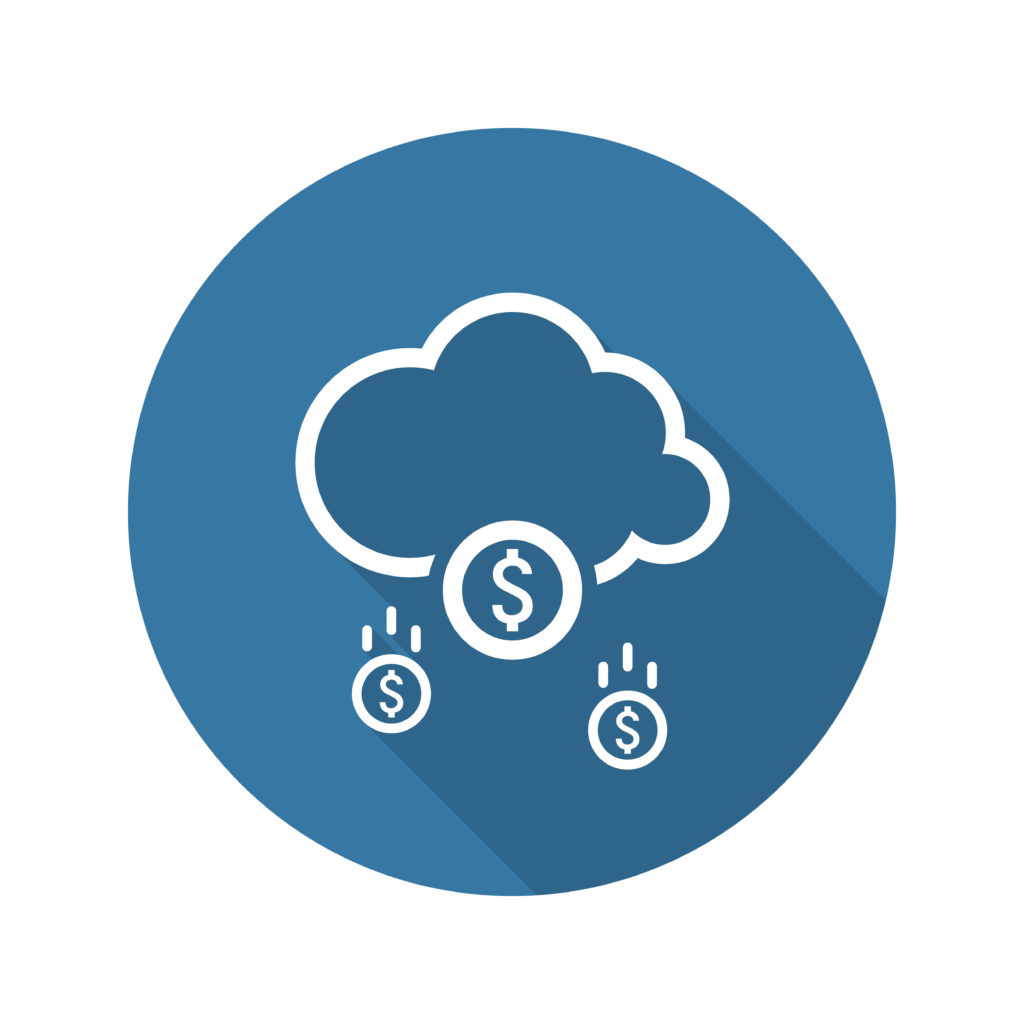Questions for 2022 Pt. 3: Cost Structure and Expenses
Leave a Comment This week, we’ll further explore the pressing need to review cost structures and all major business expenses in light of how business has changed (and will never go back to how it was pre-pandemic).
This week, we’ll further explore the pressing need to review cost structures and all major business expenses in light of how business has changed (and will never go back to how it was pre-pandemic).
What we already know:
Once again, let’s take what we know about 2022, and then apply it to the question:
- Some jobs and activities will always be in-person, and some organizations now feel confident enough to mandate returns to the office. However, remote-working has become a fact of life during the pandemic, and many organizations and people may choose not to return to their old in-person, in-office schedules and ways of working.
- Business travel expenditures are still radically below pre-pandemic levels. And yet, most organizations have found ways to overcome travel limitations to their business development, operational management, and delivery activities in the short to mid-term.
- It’s too early to fully know what the future of the office and the commercial real estate market is, but it’s likely that many organizations’ future office space and design needs will be different (both during and after the pandemic). Warehousing and other real estate needs may also be different moving forward.
Great, but so what?
First off, have you re-evaluated your real-estate needs versus your current real-estate footprint, given how business has changed and how future requirements may be different in the future?
Real estate costs (including rent, utilities, facilities, and maintenance) can be a significant expense in many businesses. If future needs translate to the need for less office space, what are you doing to realize these potential cost savings? Equally, if your real estate needs will be different, are you budgeting for any required capital investment, such as for physical updates to office spaces?
Another outcome of the pandemic is a record demand for warehousing and fulfillment center properties, and other logistics related real estate. So, even if your office space needs haven’t changed, what about these kinds of needs? Rather than offering an expense reduction opportunity, this might even be another area of rapidly increasing (potentially spiraling) business expense that deserves further analysis and action to bring it under greater control.
Secondly, have you adequately and effectively reallocated budgets previously allocated to business travel? Moreover, have you considered whether your organization will return to previous levels of spending after the pandemic?
 Reduced business travel has not reduced the need for facetime with customers, colleagues, and vendors. However, the fact that most organizations have managed so well despite less travel does suggest that returning to previous spending levels may not be necessary. Equally, even if spend can’t (or shouldn’t) be reduced, how is it going to be reallocated to ensure business results and ROI if old travel activities (conferences, junkets, etc.) are going to be less prevalent?
Reduced business travel has not reduced the need for facetime with customers, colleagues, and vendors. However, the fact that most organizations have managed so well despite less travel does suggest that returning to previous spending levels may not be necessary. Equally, even if spend can’t (or shouldn’t) be reduced, how is it going to be reallocated to ensure business results and ROI if old travel activities (conferences, junkets, etc.) are going to be less prevalent?
Thirdly, collaboration tools such as Zoom, Microsoft Teams, and Google Meetings have improved significantly in the last few years, as has their utilization by many organizations. Gaps and opportunities still exist, however. Has your organization fully accounted for the likely hardware, software, and other financial and capital investment implications of the increased usage of IT collaboration tools?
Some of these incremental costs may already be obvious and/or known, but some may be less so. As examples:
- Giving employees regular home office “stipends” for equipment costs is becoming more common. Should you be doing this, and how should you reduce corporate office expenses to offset?
- Providing the same hands-on hardware and technology support employees are used to in a corporate setting is harder and more expensive in a remote work setting.
- Will a prolonged increase in remote working have subsequent bandwidth, licensing, hardware, and infrastructure implications (and if so, what are the financial implications)?
If you haven’t already, now is the time to more deeply review the longer-term impact of the pandemic on your IT organization and infrastructure, and how this could translate to your financial bottom line.
Finally, we’ve mentioned in previous posts that worker shortages (translating into higher labor costs) have been another consequence of the pandemic’s impact on cost structures. Reviewing labor costs should be another priority for most businesses, but this topic deserves its own deep dive and will be the topic of the next post in this series.
Conclusions
Changes in how many organizations do business, including the increase in remote work and reductions in business travel, offer opportunities to re-evaluate cost structures and business expenses. These changes also highlight the need to identify and evaluate future financial implications. Core Catalysts regularly helps clients assess financial and operational efficiency and effectiveness to understand and optimize business operations and cost structure. We’ve also helped multiple customers optimize their IT strategies and infrastructure to match today’s changing environment. If you believe we could help your organization with this, why not reach out to us and schedule a call?
Thanks once again for reading and please share any thoughts or comments you have. We’ll see you again in two weeks for the final post in the series, which will cover the question of business automation during and after the pandemic.
– Mark Jacobs, Client Service & Delivery



